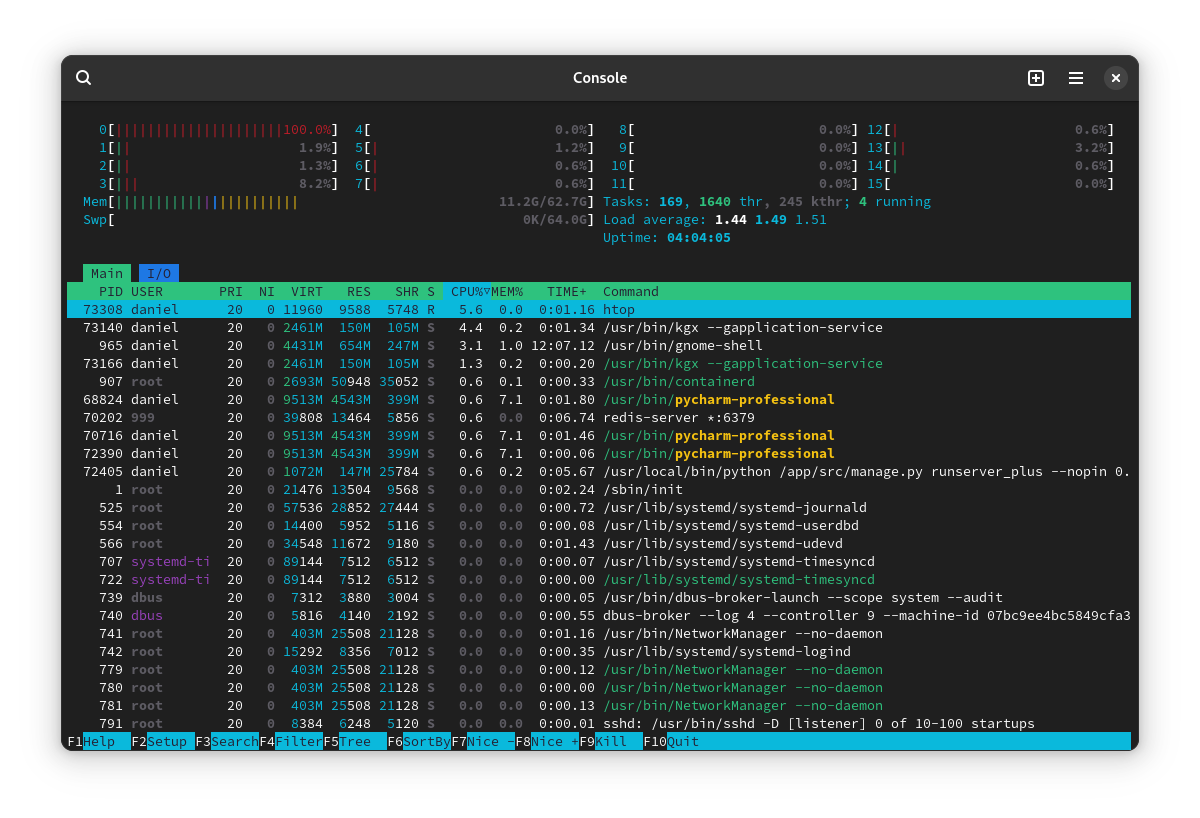this post was submitted on 27 Oct 2024
166 points (100.0% liked)
Linux
48938 readers
1013 users here now
From Wikipedia, the free encyclopedia
Linux is a family of open source Unix-like operating systems based on the Linux kernel, an operating system kernel first released on September 17, 1991 by Linus Torvalds. Linux is typically packaged in a Linux distribution (or distro for short).
Distributions include the Linux kernel and supporting system software and libraries, many of which are provided by the GNU Project. Many Linux distributions use the word "Linux" in their name, but the Free Software Foundation uses the name GNU/Linux to emphasize the importance of GNU software, causing some controversy.
Rules
- Posts must be relevant to operating systems running the Linux kernel. GNU/Linux or otherwise.
- No misinformation
- No NSFW content
- No hate speech, bigotry, etc
Related Communities
Community icon by Alpár-Etele Méder, licensed under CC BY 3.0
founded 5 years ago
MODERATORS
you are viewing a single comment's thread
view the rest of the comments
view the rest of the comments

since your CPU has 16 threads ("cores" but not really cores, you probably only have 8 of that), if a process uses up all the capacity of a single core, that will have a 100/16 = ~6% cpu usage. In my experience looking for this really works.. at least on windows, please don't hurt me. it should on linux too, but there I don't have it at such a visible place.
this may not work that much though when your system is under a higher load, and the process you're looking for also has a higher CPU usage, like 30% or something.
in this case you'll want to look for the cpu usage of the individual threads of processes with a higher cpu usage. if you have a process which has a thread with 6% cpu usage (in case of a 16 hardware thread cpu), then that process is at fault. by looking at the name of the thread you may even find out what is its purpose.
Nah fam, you're hurt enough.